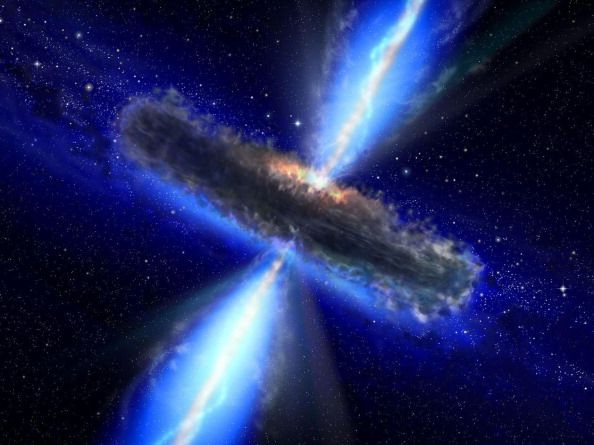NASA Scientist Discusses Survival Possibility Of Planet Orbiting A Black Hole

Inspired by the film “Interstellar,” a NASA scientist explored the possibility of life thriving in an Earth-like planet that’s orbiting a black hole.
In the 2014 science fiction film directed by Christopher Nolan, astronauts ventured out into space in search of a habitable planet that could support a human colony. During their voyage, they encounter three planets that are orbiting a supermassive black hole.
Following this concept, Jeremy Schnittman, a research astrophysicist for NASA, carried out a study that explored the idea of living on a planet that’s near a black hole.
As other scientists have pointed out, one of the main conditions for a planet to be considered habitable is the presence of a host star. In Earth’s case, the host star is the Sun. Due to the planet’s ideal distance from the Sun, Earth’s atmospheric conditions are just right to support life.
According to Schnittman, like host stars, black holes are also capable of emitting high levels of heat and light. These massive cosmic objects are able to do so through their accretion disks, which are structures formed by the remnants of materials devoured by black holes. The intense gravitational and frictional forces that interact within the accretion disk can cause it to emit electromagnetic radiation.
“Most of what we know about black holes comes from observing the electromagnetic radiation coming from gas as it accretes onto the black hole,” Schnittman wrote in his study.
“Accreting stellar-mass black holes are the brightest X-ray sources in the sky, and accreting supermassive black holes are the most luminous persistent sources in the universe,” he continued.
Despite the presence of energy from a black hole, Schnittman noted that it may not be the ideal type that can support life on a planet. According to the NASA scientist, the type of energy or radiation emitted by black holes could prevent life from thriving.
“All known life forms require an energy gradient in order to survive, so an all-pervasive blackbody radiation background would probably not be very conducive to complex life,” Schnittman explained.
“Certainly not photosynthesis, which requires photon energies sufficient to break key molecular bonds,” he added.
Schnittman’s study has been submitted for publication through the arXiv.org website.
© Copyright IBTimes 2025. All rights reserved.





















